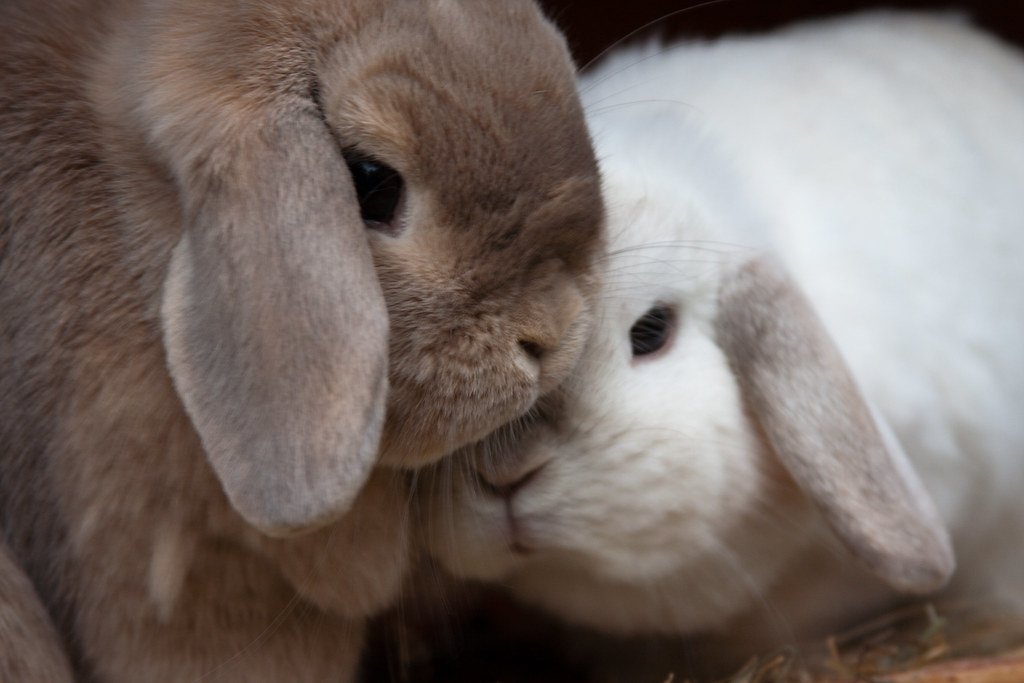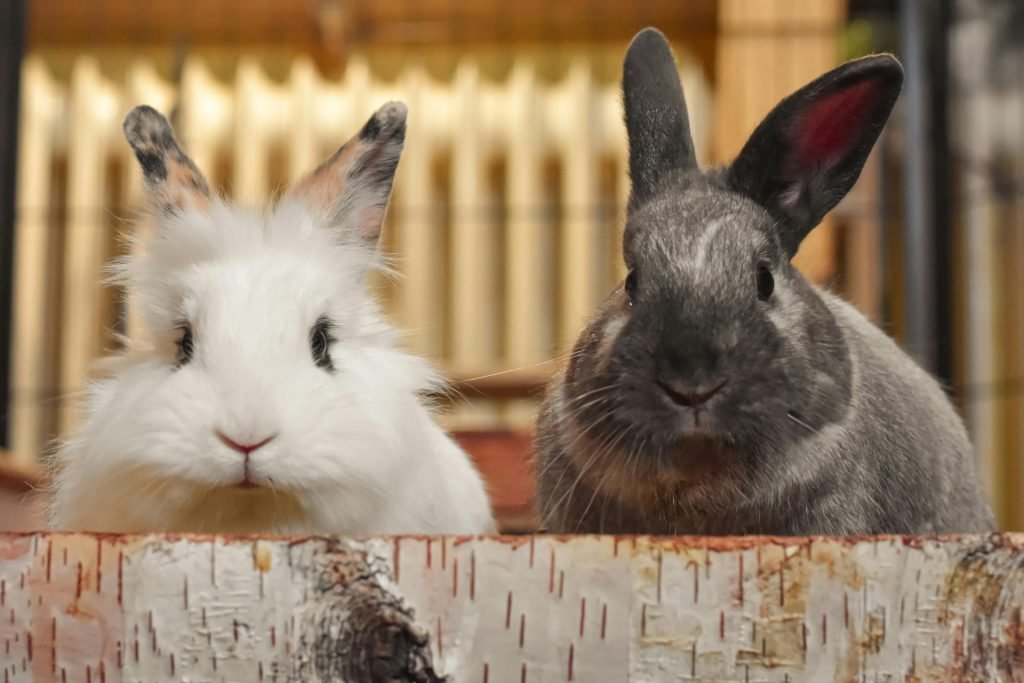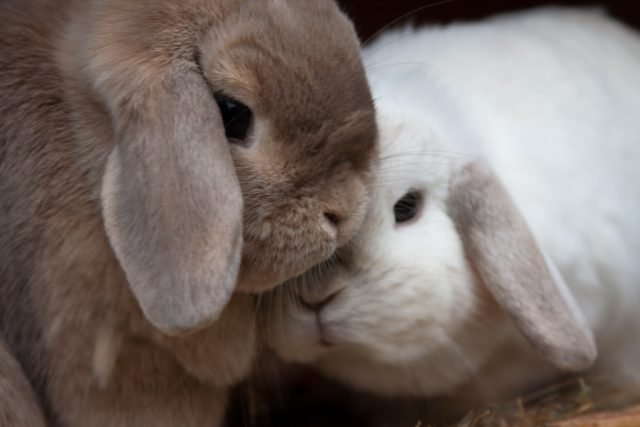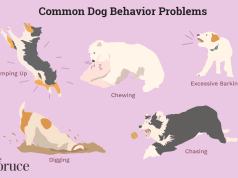Learn how to identify the rabbit gender determination with this comprehensive guide. Find out if your rabbit is a boy or a girl, and understand the key differences between the two.
Table of Contents
Introduction to Rabbit Gender Determination
Rabbits make delightful pets, but identifying their gender can sometimes be challenging for new owners. Knowing whether your rabbit is male or female is crucial for proper care, breeding decisions, and preventing unwanted litters. This comprehensive guide will help you determine the gender of your rabbit, providing detailed information on the physical and behavioural differences between male and female rabbits.

Physical Characteristics
One of the primary ways to determine the gender of your rabbit is by examining its physical characteristics. This section will delve into the specific traits that differentiate male and female rabbits, focusing on genitalia and other physical markers. By closely observing the size, shape, and positioning of the genitalia, as well as secondary sexual characteristics such as fur patterns and body size, you can confidently identify whether your rabbit is a male or a female.
Male Rabbit
Genitalia
Identifying a male rabbit, commonly known as a buck, involves a careful examination of its genital area. To do so, gently cradle your rabbit on its back, ensuring it is comfortable and secure. Look for the following signs to determine if your rabbit is indeed a male: Observe the size and shape of the genitalia, noting the presence of testicles; check for the presence of a penis, which may be visible during this examination; and take note of any distinct markings or features in the genital region that indicate male characteristics. This detailed process allows for a thorough assessment of your rabbit’s gender, aiding in the proper care and identification of your furry friend.
- Penis: Male rabbits have a protruding, tubular penis. When gently pressed around the genital area, the penis will become more visible.
- Testicles: Mature male rabbits typically have two visible testicles located just behind the penis. These may be more noticeable in older bucks.
Other Physical Traits
In addition to genitalia, male rabbits may exhibit other physical characteristics that distinguish them from their female counterparts. These features can include broader shoulders, larger hind legs built for agility and speed, and, in some breeds, distinctive markings such as spots or stripes along their fur.
- Body Size and Shape: Bucks are often slightly smaller and more slender compared to females.
- Head Shape: Males usually have a broader, blockier head compared to the more streamlined head of females.
- Scent Glands: Male rabbits have more prominent scent glands, which they use to mark their territory.
Female Rabbit
Genitalia
Identifying a female rabbit, or doe, also involves examining the genital area. Here’s what to look for:
- Vulva: Female rabbits have a slit-like vulva located just below the anus. When gently pressed, the vulva will appear as a V-shaped or Y-shaped opening.
- Absence of Testicles: Unlike males, female rabbits do not have visible testicles.
Other Physical Traits
Female rabbits exhibit several physical traits that can help differentiate them from males:
- Body Size and Shape: Dos are generally larger and have a rounder body compared to bucks.
- Dewlap: Many female rabbits develop a dewlap, a fold of skin under the chin, which is used to pluck fur for nesting.
- Nipple Presence: Female rabbits have more noticeable nipples, especially when pregnant or nursing.
Behavioral Differences

Behavior can also provide clues about your rabbit’s gender. While not always definitive, these traits can offer additional insights:
- Territorial Behavior: Male rabbits are more likely to exhibit territorial behaviors, such as marking their territory with urine and chin rubbing.
- Aggression: Bucks can be more aggressive, especially towards other males, and may engage in mounting behavior.
- Nesting: Female rabbits often exhibit nesting behavior, especially when pregnant, pulling fur and arranging bedding.
Conclusion
Determining the gender of your rabbit is essential for providing appropriate care and preventing unwanted litter. By examining the physical characteristics and understanding the behavioral differences between male and female rabbits, you can accurately identify your rabbit’s gender. Whether you’re a new rabbit owner or an experienced breeder, this guide offers the comprehensive information needed to make an informed determination. Remember to handle your rabbit gently and consult a veterinarian if you have any doubts or need further assistance.
You May Read: Healthy Rabbit Diet: Essential Tips for Optimal Nutrition











